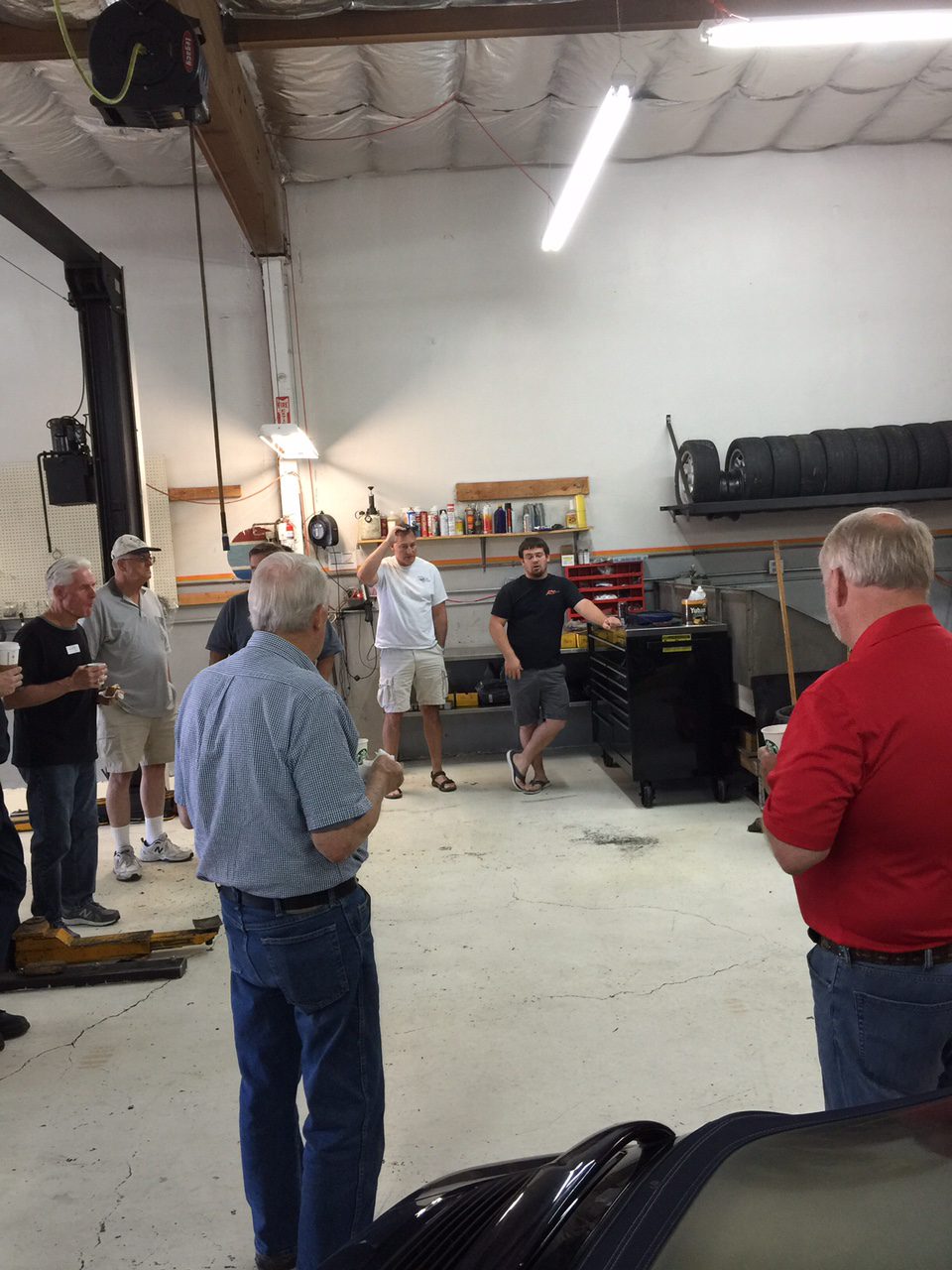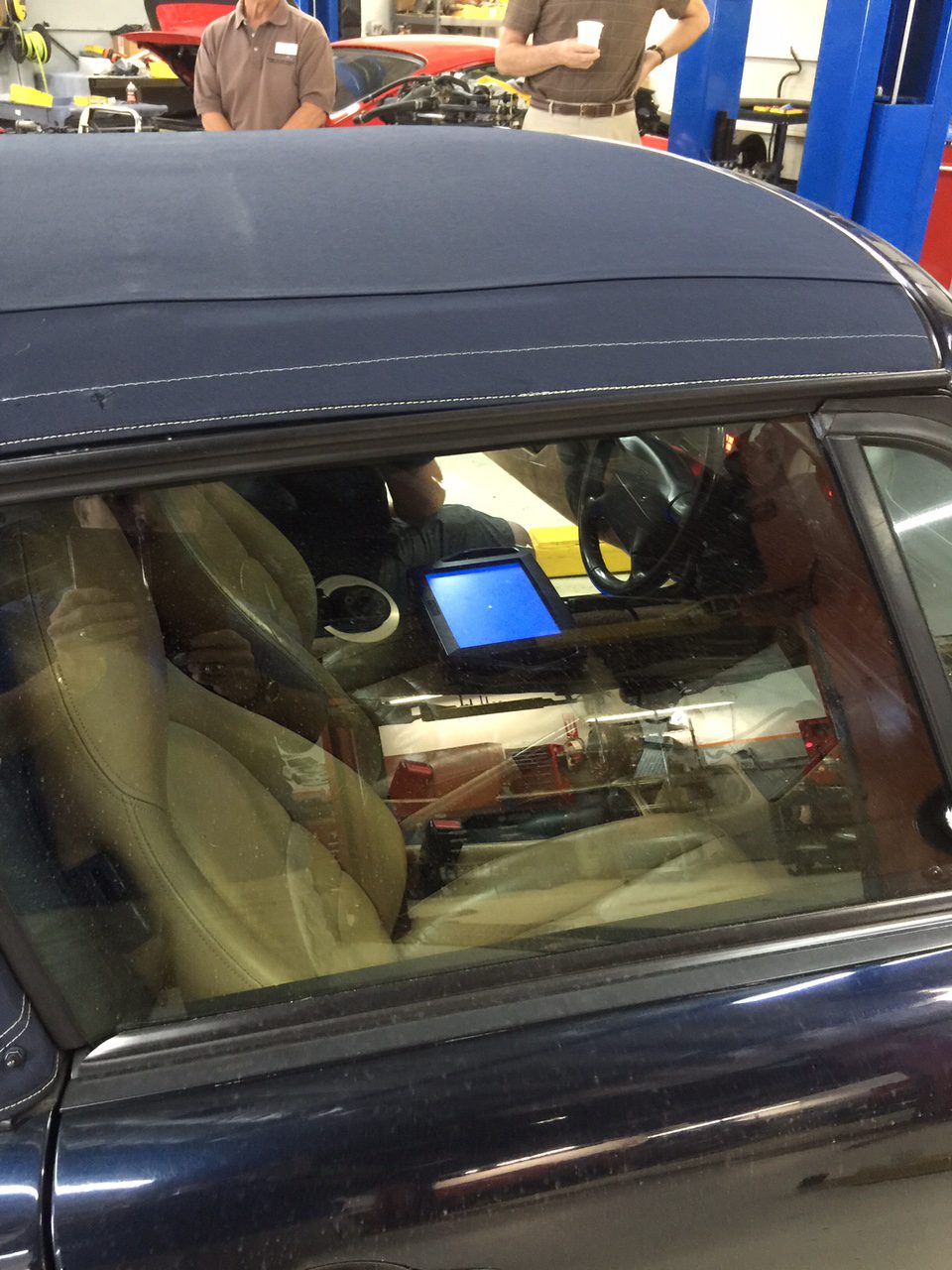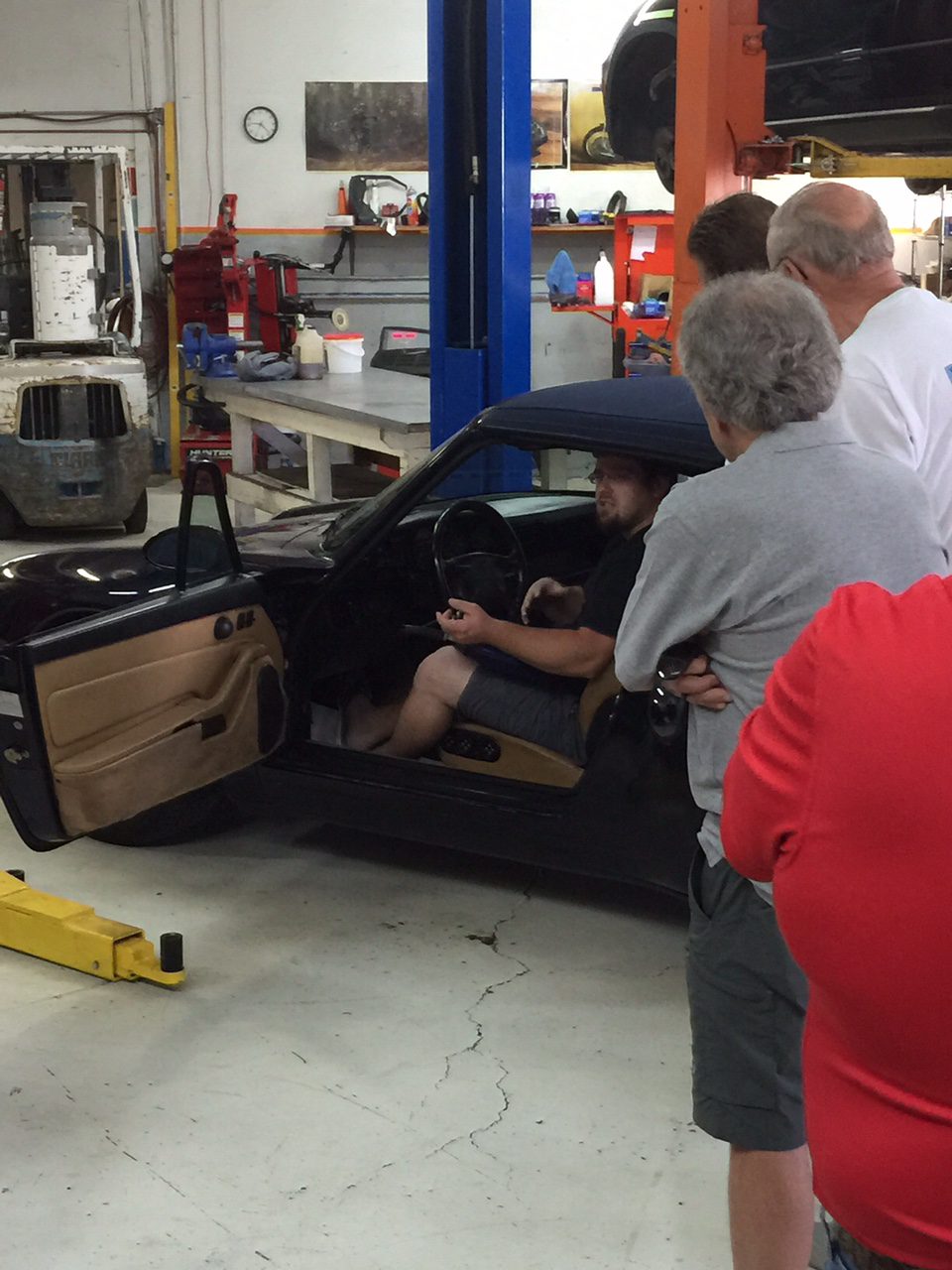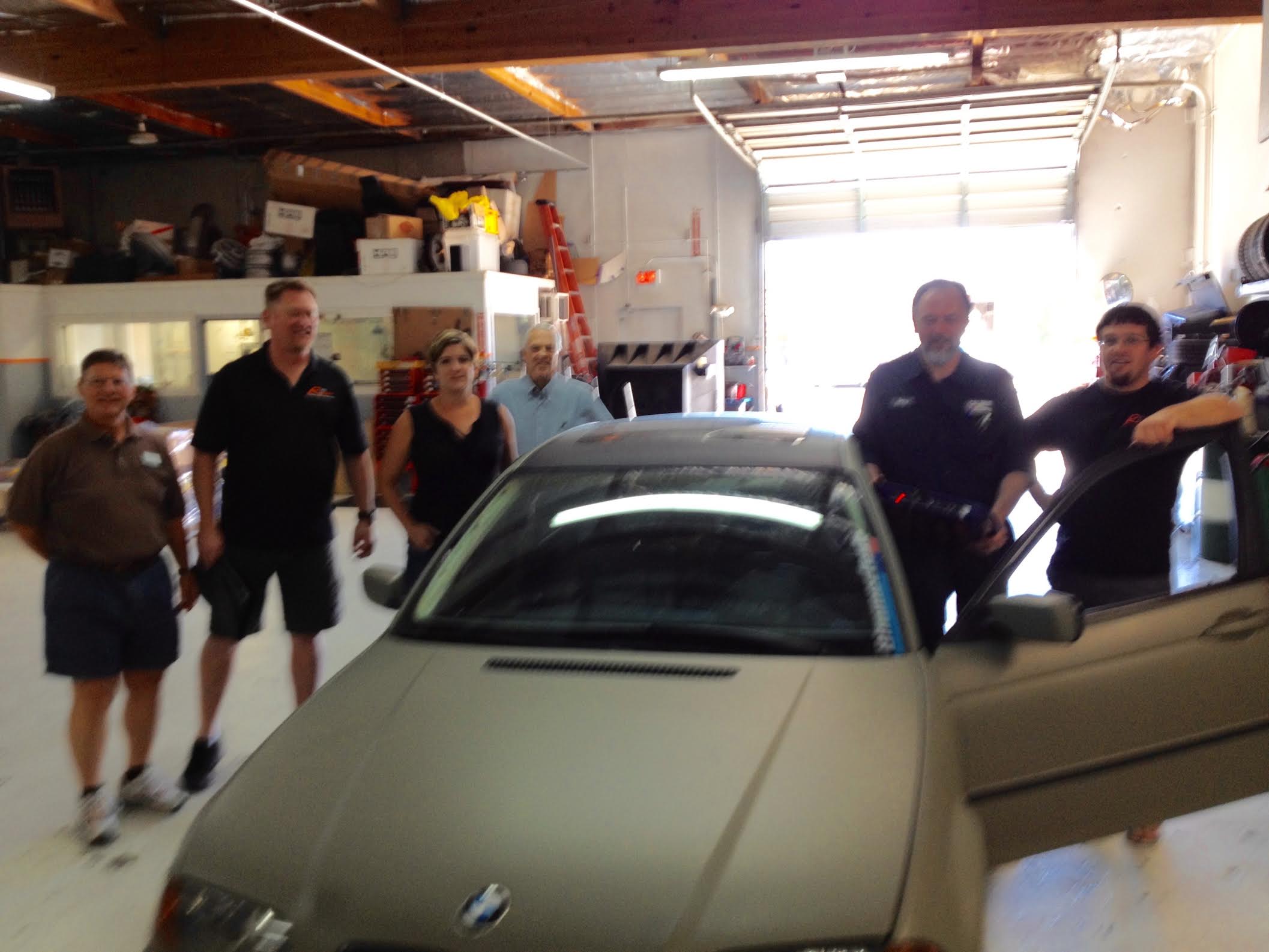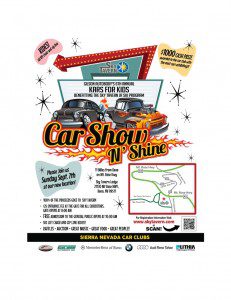Tech Session: Autologic and Scanner Code Reading
WHEN: Saturday, July 25th, 9:00am @ Reno Rennsport, 6 Cal Ln #2, Sparks, NV 89431
If you didn’t join us for this fun joint tech session with Porsche Club,
here’s what happened…
Our plan is to have a couple of cars representing both marques, plug the cars in and scan the cars for stored as sell as active fault codes – then explain what the codes mean as well as what we can and can’t do with the Autologic scanner to turn those faults lights off (ex: the CEL – check engine light). What parts and systems the codes point to that might need repair or replacing; as well as what kind of “real time” information a shop can get out of a factory level scanner like the ones used at Reno Rennsport.
Outline
The modern generation of factory level scanners do so much more than simply scan a car for fault codes. You can get all kinds of useful information on your car with a factory level scanner these days – and it’s how you use that information that points you to the real issue. Unfortunately, it’s not as easy as just scan the car for fault codes; then replace the parts it tells you are bad…. Everything on modern cars is controlled by a complex series of modules, communication cables and sensors – and the only way to communicate with those is with a modern factory level scanner.
Subjects
- What does the CEL (check engine light) actually mean? How many different faults can it be? Everything from emission related faults (ex: your gas cap being left loose will trigger and store a fault code) to a certain part being bad or starting to go bad (like a bad coil throwing a misfire code) to serious running issues that can cause major engine damage (like your engine running too lean).
- What kind of fault codes can be noted then cleared out, and what faults are going to need to be addressed before the car will pass a smog test (a CEL being on is an instant fail) Or to protect your engine from serious damage (ex: by running an engine slightly too lean it’s more than possible to burn a valve or piston).
- What kind of “real time” information can you see with a scanner, and how can you use that information to diagnose an issue?
- What kind of features (bells and whistles) on your car can you change or adjust with a factory level scanner?
- How do all the modules in a modern car communicate with each other? How does a bad module or cable in one location hide the real issue somewhere downstream?
- What kinds of self-tests can you run with a scanner on your car, and what do those mean?
- Why can’t (or why shouldn’t) I wait until the day before my registration is due, to get that CEL light turned off? Not only to avoid major damage to your car due to a serious problem, but most cars have to go through a somewhat lengthy “drive cycle” before the monitors will reset and you can pass your emissions test.
Thanks to Brian Lowder, (775) 331-4366


